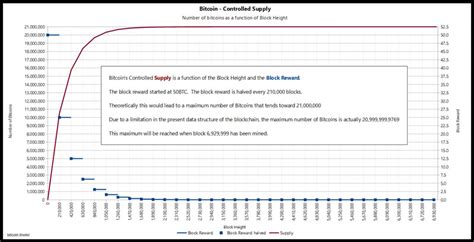Ethereum and Bitcoin: Understanding the Basics of Block Rewards
When it comes to cryptocurrencies like Ethereum and Bitcoin, there are a few key concepts you need to understand to understand how they work, including mining, block rewards, and transactions.
In this article, we’ll dive into the basics of Ethereum’s block reward system and find out why it’s not as profitable for miners as it once was.
What is a miner?
A miner in the cryptocurrency space refers to a person or organization that uses powerful computers (called “miners”) to solve complex mathematical problems on a public ledger called the blockchain. The blockchain is like a digital ledger that keeps track of all transactions made on the network, and is maintained by nodes (computers) around the world.
What is a block reward?
A block reward is a small amount of cryptocurrency awarded to miners for successfully “mining” a new block on the blockchain. In other words, when someone adds a new transaction to the blockchain, a “fee” for that transaction must be included in the block header (the first part of the block). This fee is usually paid in Bitcoin.
The reward is calculated as 12.5 Bitcoins per block and increases over time as the network size grows. The block reward is designed to incentivize miners to continue verifying transactions and maintaining the blockchain.
Why is Ethereum different from Bitcoin?

Ethereum takes a different approach to mining than Bitcoin. While both cryptocurrencies use proof-of-work (PoW) consensus algorithms, Ethereum uses a different type of smart contract, called a “smart contract,” to validate transactions.
Smart contracts are self-executing contracts with specific rules and conditions that are automatically executed when certain actions occur. This allows for more complex and decentralized applications on the Ethereum network.
Why is Ethereum’s Block Reward not so profitable?
Bitcoin’s block reward system was designed to incentivize miners to mine new blocks and add transactions to the blockchain. However, as the cryptocurrency market grows and decentralized applications (dApps) proliferate, there are fewer opportunities for miners to earn revenue.
Additionally, the Bitcoin network consumes more energy, making it less economically viable for individuals or organizations to build mining rigs.
Conclusion
In summary, Ethereum’s block reward system is designed to incentivize miners to validate transactions and maintain the blockchain. While rewards have increased over time, they are not as profitable as they used to be due to factors such as scalability issues and the shift to decentralized applications.
As we continue to explore and develop new use cases for cryptocurrencies, it will be interesting to see how the block reward system evolves and whether it remains the primary driver of mining activity.
